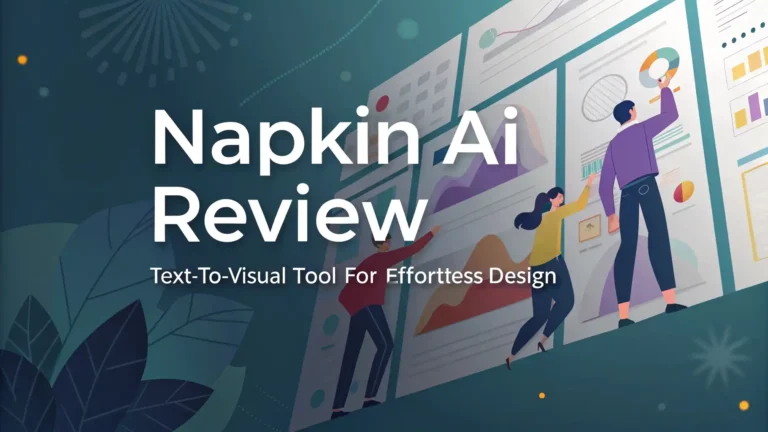VDOT Toll Scam Alert – Stay Safe from Fake Text Messages
Have you ever gotten a text saying you owe money for unpaid tolls? It might sound serious but don’t panic yet.
Many people are getting tricked by fake messages pretending to be from the Virginia Department of Transportation (VDOT) or E-ZPass. These scams try to make you pay money you don’t really owe.
In this blog, we will explain what these scams look like, how they work, and most importantly, how you can stay safe. Keep reading to learn how to spot these tricks and protect yourself.
What is the VDOT Toll Scam?
The VDOT toll scam is when bad people send fake text messages to drivers. These texts say you owe money for unpaid tolls. The messages often look real but they are not. They want you to click on links or send money.
These scammers use scary words like “overdue” or “final notice” to make you act fast. They hope you won’t think twice before paying. But remember, legitimate toll bills are never sent through random texts. Always double-check before doing anything.
If you get one of these texts, take a deep breath. Do not click any links. Instead, go to the official VDOT website to see if the message is real. This way, you can avoid falling into their trap.
How Do These Scams Work?
Scammers use a method called “smishing.” Smishing means sending fake texts to trick people. These texts usually say you have unpaid tolls or an overdue balance.
They may even include your name or other details to seem more convincing. For example, the text might say “Dear John, we noticed an outstanding toll amount of $12.51 on your account.” This makes it harder to tell it’s fake.
Once you click the link in the text, you might be asked to enter personal info like your credit card number. Some links can also install harmful software on your phone. Be careful and always check with VDOT directly before taking action.
Why Are These Scams Dangerous?
Fake toll texts are dangerous because they steal your money and information. If you send money to scammers, you won’t get it back. Worse, they might steal your identity too.
Identity theft happens when scammers use your info to pretend to be you. They can open accounts or buy things in your name. This can cause big problems for you later.
Another danger is that these scams make people scared. You might worry about breaking the law or owing money. Scammers count on this fear to trick you. Stay calm and verify everything before reacting.
How to Spot a Fake Toll Message
Spotting a fake toll message is easier than you think. First, look at the sender’s number. Real messages from VDOT come from official sources, not random numbers.
Legitimate toll agencies never ask for payment through text. If the message asks you to click a link or pay right away, it’s probably fake. Also, check for spelling mistakes or strange wording. Scammers often make errors.
Finally, call VDOT or visit their website to confirm the message. If it’s not listed there, it’s a scam. Always trust your instincts and ask questions if something feels wrong.
What Should You Do If You Get a Scam Text?
If you get a scam text, the first thing to do is delete it. Do not reply or click any links. Replying might let scammers know your number is active.
Next, report the text to VDOT or the Federal Trade Commission (FTC). Reporting helps stop scammers from tricking others. You can also block the number to stop future messages.
Lastly, tell your friends and family about the scam. Sharing the info helps protect everyone. Remember, staying informed is the best way to beat scammers.
How VDOT is Helping Stop These Scams
VDOT is working hard to stop these scams. They set up a special website where you can check if a message is real. This helps drivers feel safer.
They also warn people about smishing scams through news stories and social media. By spreading awareness, they hope fewer people will fall for these tricks.
VDOT reminds everyone that toll bills are sent by mail or email, not text. If you’re unsure about a message, visit their website or call them directly. Their goal is to keep drivers safe and informed.
Examples of Real Scam Messages
Here are some examples of scam messages people have received. One says, “E-ZPass Virginia Final Notice: Unpaid tolls of $25.00 due immediately.” Another says, “VDOT Alert: Outstanding balance detected. Click here to pay now.”
These messages sound urgent but they are fake. Scammers use phrases like “final notice” to scare you. They want you to act without thinking.
If you see messages like these, do not respond. Instead, go to the official VDOT website to check your account. This simple step can save you from trouble.
Tips to Protect Yourself Online
Staying safe online starts with being careful. Never share personal info unless you’re sure it’s safe. Use strong passwords for your accounts too.
Keep your phone updated with the latest security patches. Updates help block harmful apps and viruses. Also, be cautious about links in texts or emails.
Finally, trust your gut. If something feels off, it probably is. Take time to investigate before making any decisions. Being careful is the best way to stay safe.
FAQs About VDOT Toll Scams
What is a VDOT toll scam?
A VDOT toll scam is when scammers send fake texts claiming you owe unpaid tolls. These texts try to trick you into paying money or sharing personal info.
How can I tell if a toll message is real?
Real toll messages come from official sources and never ask for payment through text. Check for spelling mistakes and verify the message on VDOT’s website.
What should I do if I get a scam text?
Delete the text without clicking any links. Report it to VDOT or the FTC and block the number to stop future messages.
Can I get in trouble for ignoring a scam text?
No, you won’t get in trouble for ignoring a scam text. Scammers cannot enforce fake toll charges. Always verify before taking action.






